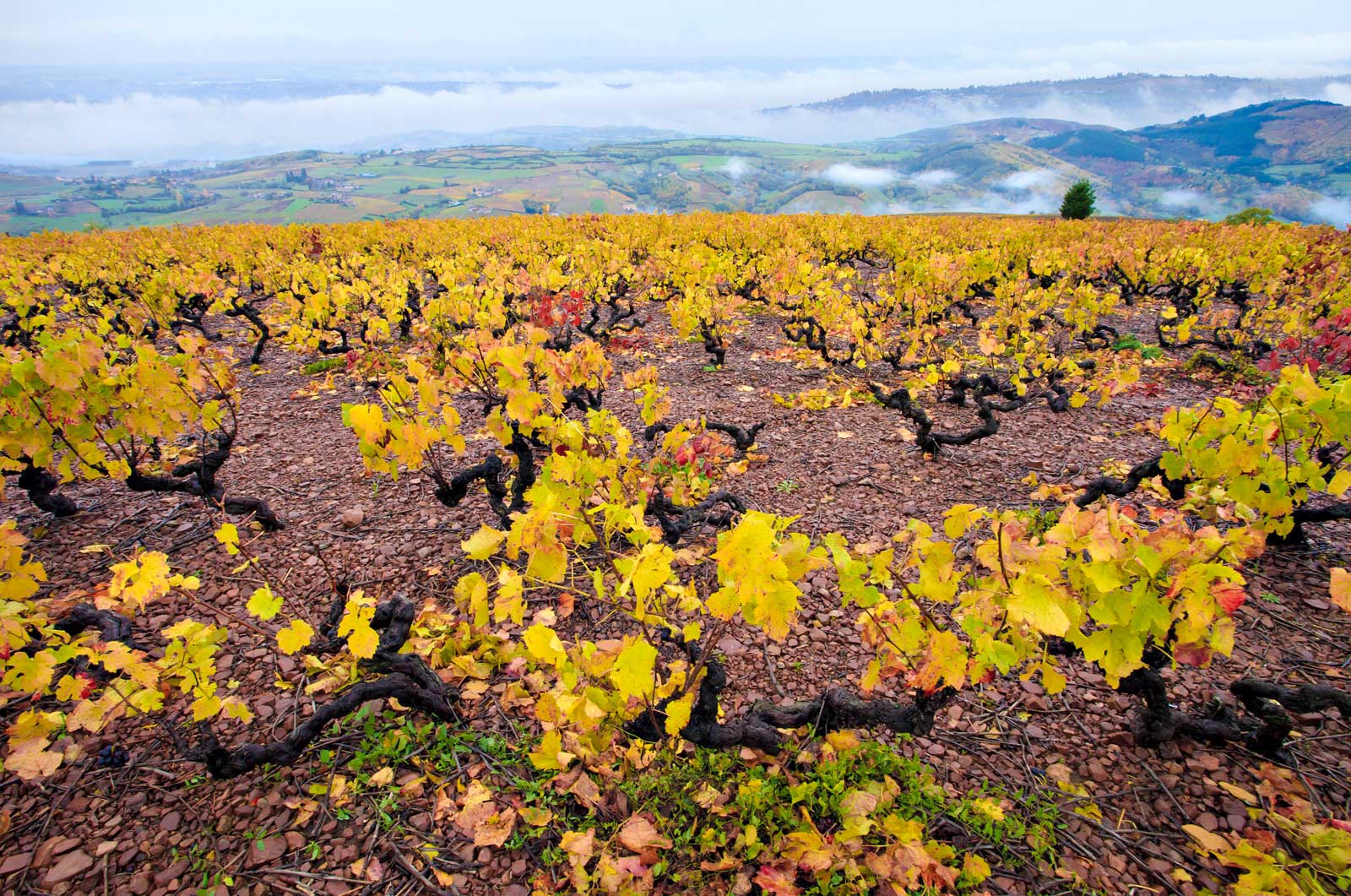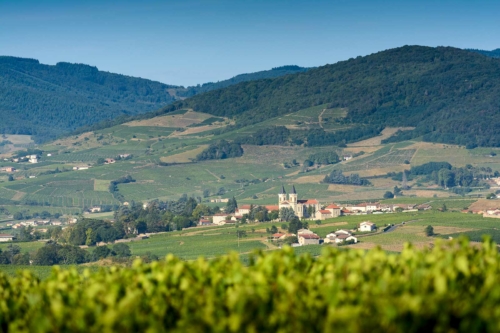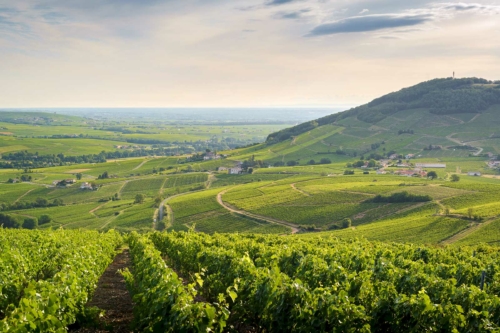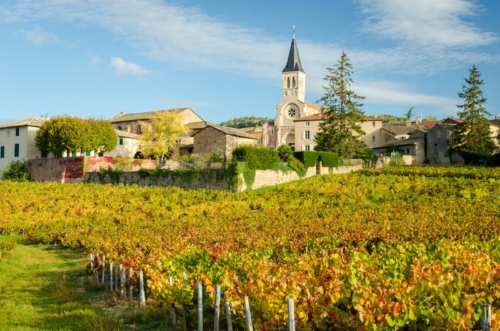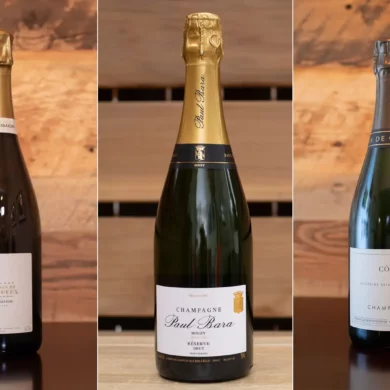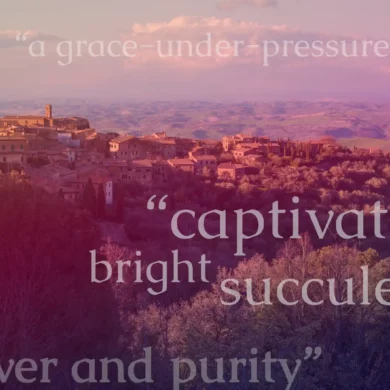Conventional wisdom says that Turkey Day and Beaujolais go together like Snoopy and the Macy’s parade. Like Aunt Maureen’s pecan pie and a dollop of whipped cream. Like the Detroit Lions and mediocrity (sorry, Motor City wine lovers. I couldn’t help it). But this year’s “pandemic Thanksgiving” will be so different — and painful — for so many, that it might be impossible to muster the energy to maintain tradition, let alone care about conventional wisdom. Chicken will replace turkey if takeout doesn’t do the job first.
But that’s where Beaujolais comes back into the fold, because for many wine-loving Americans, it is still the go-to wine for Thanksgiving. It has the lightness to counter the heft, the cranberry tones to match the mood, and the jolliness to lift the spirit. It is this last attribute that is perhaps more important than ever. Wine is just a beverage to accompany a moment, unless you are in a moment where you really need to feel something profound. Then, it can come through as magic.
This past week, I hosted a virtual tasting for my readers on Cru du Beaujolais, and that magic was visible in the gridded landscape of my laptop screen, as there was noticeably a lighter mood across the group. Beaujolais seems to bring out the joy in people. And for God’s sake, we truly need a little more joy this year.
Do You Cru?
Made from the Gamay Noir grape, Beaujolais wines have steadily increased in quality over the last several years. In fact, looking over the region’s 2,000-year history with winemaking, this may be Beaujolais’ moment of greatest repute, especially when one surveys the wines from the Cru du Beaujolais, the 10 appellations that anchor this scenic region’s northern end.
This being France, the wines do not always say “Cru du Beaujolais” on the front or back label (why? why? why?!), so you need to know the specific names of the cru, which is the label’s headline. Those would be, from easiest to hardest to find:
- Morgon: Complex and detailed. Like the endless conversation that makes you procrastinate on doing the dishes.
- Fleurie: Light and lilting and aptly named with its heady, violet-like aromas.
- Moulin-à-Vent: Robust and regal; the Syrah drinker’s Gamay.
- Brouilly: The jolly-good-fun wine, but just serious enough to handle any dish.
- Côte de Brouilly: Moderate and spicy, but every bit as intriguing as any other cru.
- Juliénas: Medium bodied and as reliable as the steady hand of your family’s appointed turkey-carver.
- Chiroubles: Light-bodied and amiable … the great unifier of divergent opinions.
- Régnié: Cru du Beaujolais for beginners.
- Saint-Amour: Also light-bodied but feisty in spirit.
- Chénas: Robust and complex, but with mineral edges to wipe the palate clean after each sip.
That said, some cru wines are just better than others. The following five are ones to start doggedly pursuing in your local wine shops now before others realize they don’t have enough wine for the fourth Thursday of November.
2019 Domaine de la Grand Cour “Clos de la Grand Cour” Fleurie
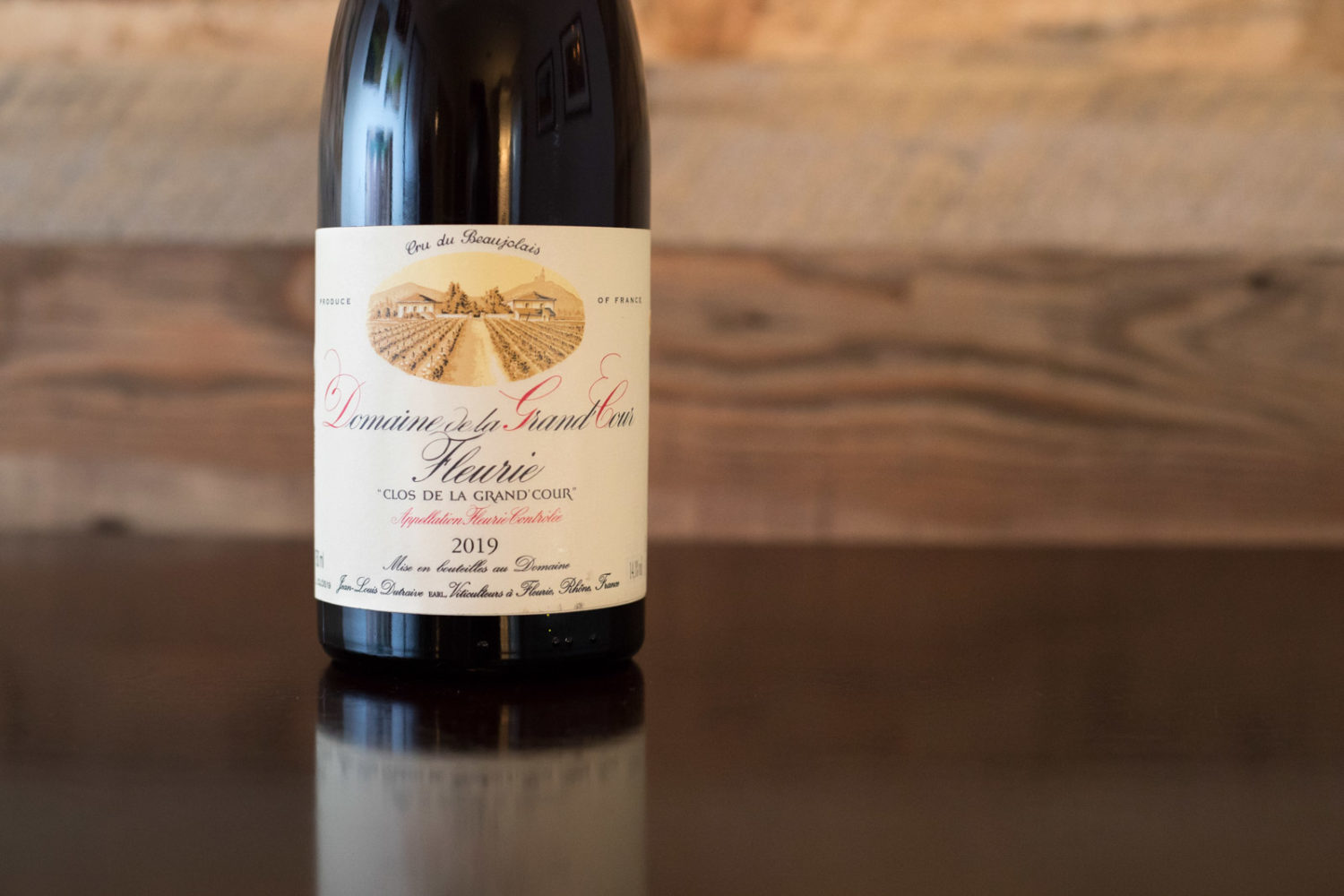
This might be the best Beaujolais wine of all. Few who have enjoyed it would argue against its inclusion in such a conversation. Winemaker Jean-Louis Dutraive has become a sage for Beaujolais’ natural winemakers: a generous spirit who takes many young winemakers under his wing.
The Clos de la Grand Cour vineyard surrounds the winery in Fleurie, and the fruit it yields for this wine underscores that Gamay Noir can be rife with juxtapositions: light yet powerful, fruity yet full of poise. I was ensconced in aromas recalling pomegranate, orange peel, watermelon, blue flowers, cinnamon stick and cedar. Despite the intensity, the wine never hits hard — it just seems to float across the palate, finishing with a long, impressive umami note.
Ideal Thanksgiving partner: The darkest shard of turkey meat you can find on the bird.
Fleurie AOC (Beaujolais)
Grapes: Gamay Noir (100%)
Alcohol: 14.1%
Opinion: ★★★★★ (out of five)
Food-friendliness: Impeccable
Value: As expected
*These icons represent what matters in a wine. Learn more about what they mean.
2019 Château Thivin Côte de Brouilly
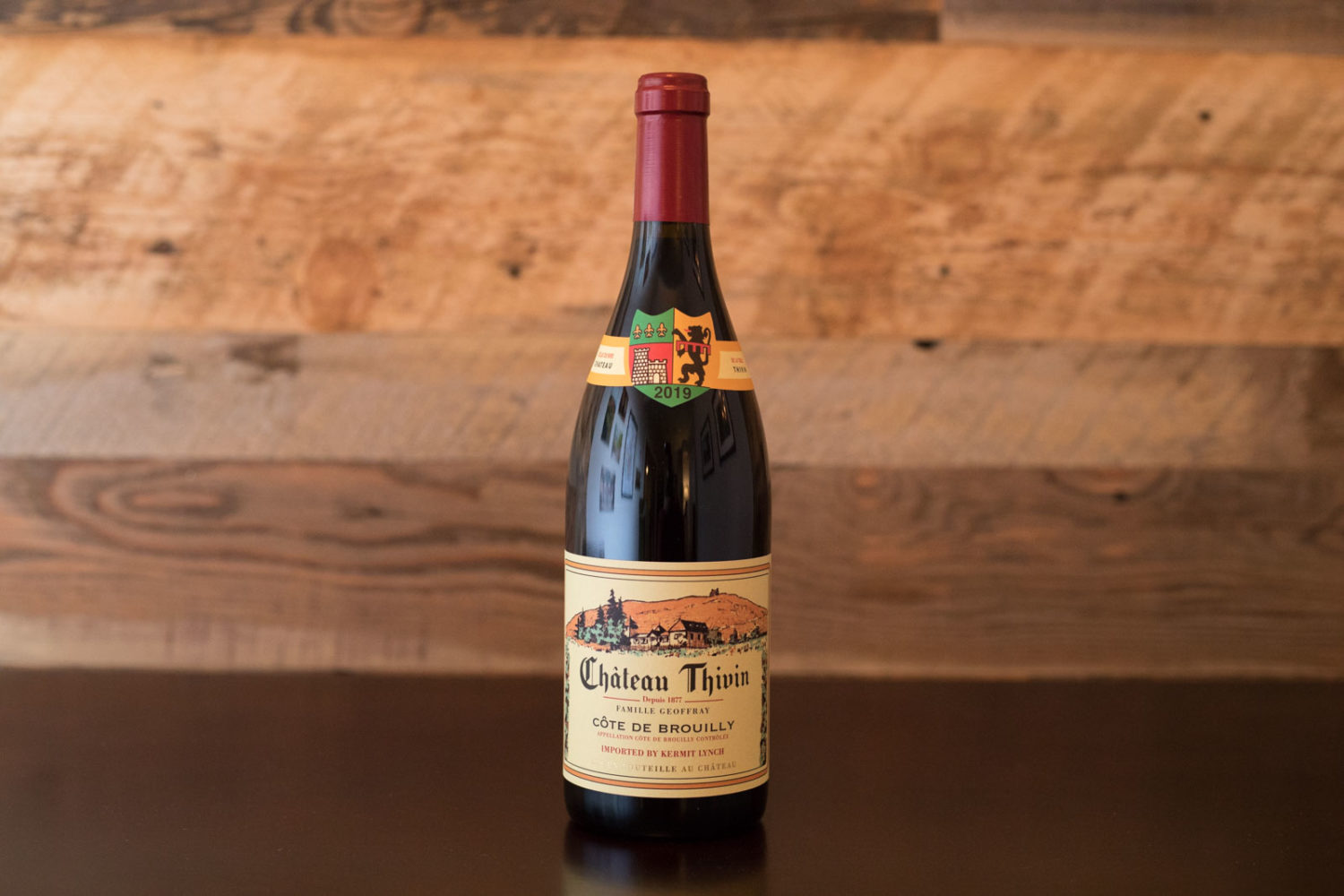
At the southern end of the Cru du Beaujolais, you will find Brouilly wrapped around an extinct volcano called Mont Brouilly. The vineyards on the mountain’s slope are known as Côte de Brouilly, and they are among the steepest vineyards in the area, with gradients of nearly 40-50% in some areas. The blue volcanic rock and the good drainage provided by this Cru’s steepness are translated into the glass as a Gamay of measured power and poise.
The Geoffray family of Château Thivin makes a sterling example from old vines. There is a smoky tenor to this wine that clearly stands out from the crowd, but it hardly overwhelms the playful cherry-like fruit that often comes from Côte de Brouilly and its neighboring cru of Brouilly. But it is the heightened sense of minerality and the feisty acidity on the palate that distinguish this beautiful wine. It’s a reminder of those volcanic origins.
Ideal Thanksgiving partner: Roasted delicata squash or Chinese take-out.
Côte de Brouilly AOC (Beaujolais)
Grapes: Gamay Noir (100%)
Alcohol: 14.1%
Opinion: ★★★★ 3/4 (out of five)
Food-friendliness: Impeccable
Value: As expected
*Learn more about these icons.
2018 Pierre-Marie Chermette “Les Champs-Grillés” Saint-Amour
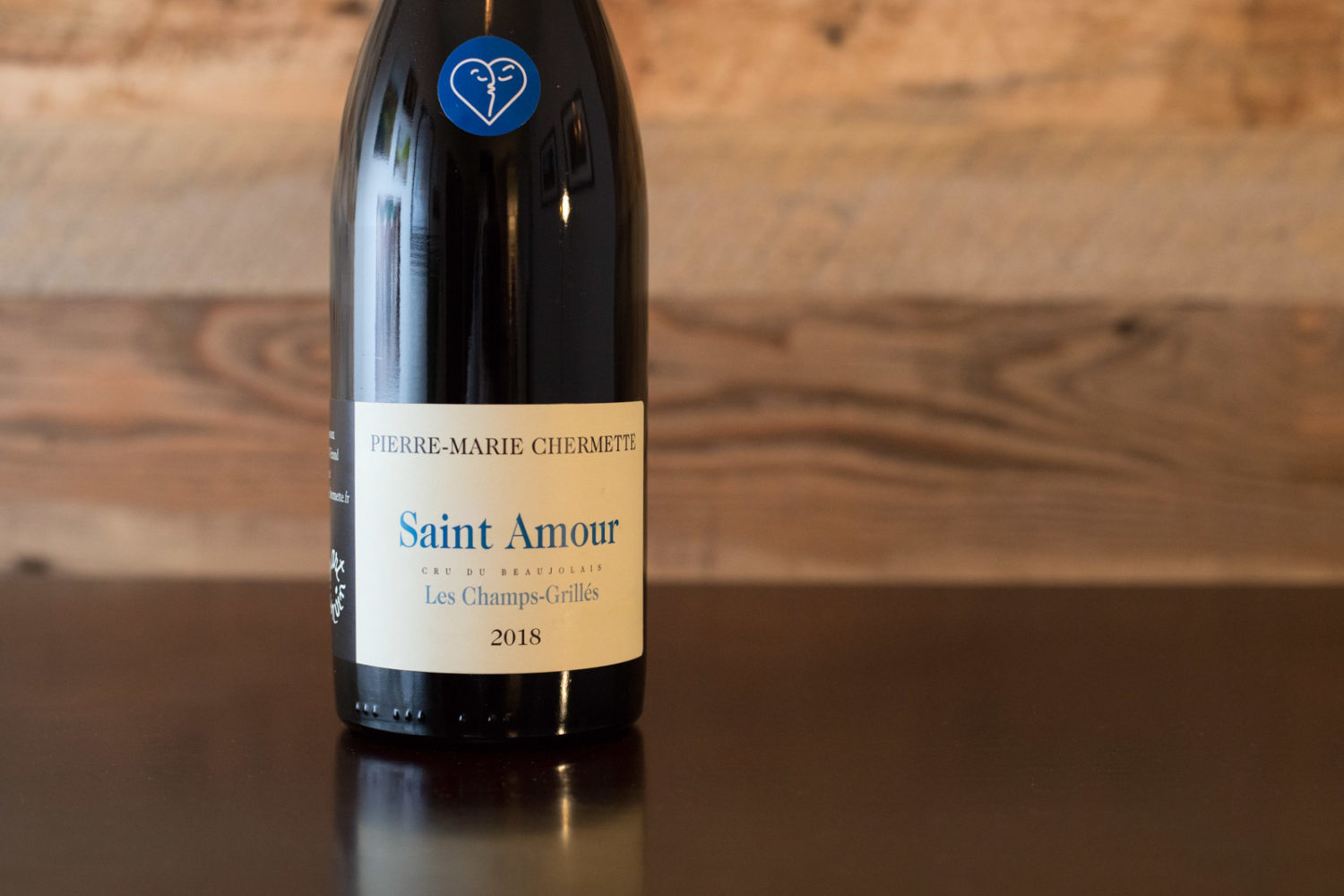
On the northern edge of this region, you’ll find the cru of Saint-Amour. Based on the name alone, the wines from here seem destined for Valentine’s Day instead of Thanksgiving, but their is a beautiful line of zing running through the wines of Saint-Amour that make them highly versatile for any occasion.
Pierre-Marie Chermette’s Saint-Amour from the Les Champs-Grillés climat (what they call vineyard parcels in Beaujolais) is a stunningly pure and boisterous wine that seems to evolve into deeper and darker tones as it opens up (think pomegranate juice shifting toward crushed raspberries). The tannins are very low on this wine, and that lack of astringency makes it perhaps the ideal Thanksgiving wine on this list. Chermette is very old school, employing whole-cluster fermentation via the semi-carbonic method in old foudres.
(If it sounds like I just rambled off a lot of wine speak, I did. Translation: he puts all of the grapes in a large wooden vat, and seals it without crushing it. The grapes begin a fermentation inside each individual berry, rather than the juice being fermented via yeast. At least, at first. It’s a highly complicated process that is usually done in stainless steel where it can be controlled. But this guy is doing it in a wood vessel, and I think that’s pretty cool).
Ideal Thanksgiving partner: A forkful of stuffing.
Saint-Amour AOC (Beaujolais)
Grapes: Gamay Noir (100%)
Alcohol: 13.5%
Opinion: ★★★★ 3/4 (out of five)
Food-friendliness: Impeccable
Value: Very good
*Learn more about these icons.
2018 Domaine Thillardon “Les Blemonts” Chénas
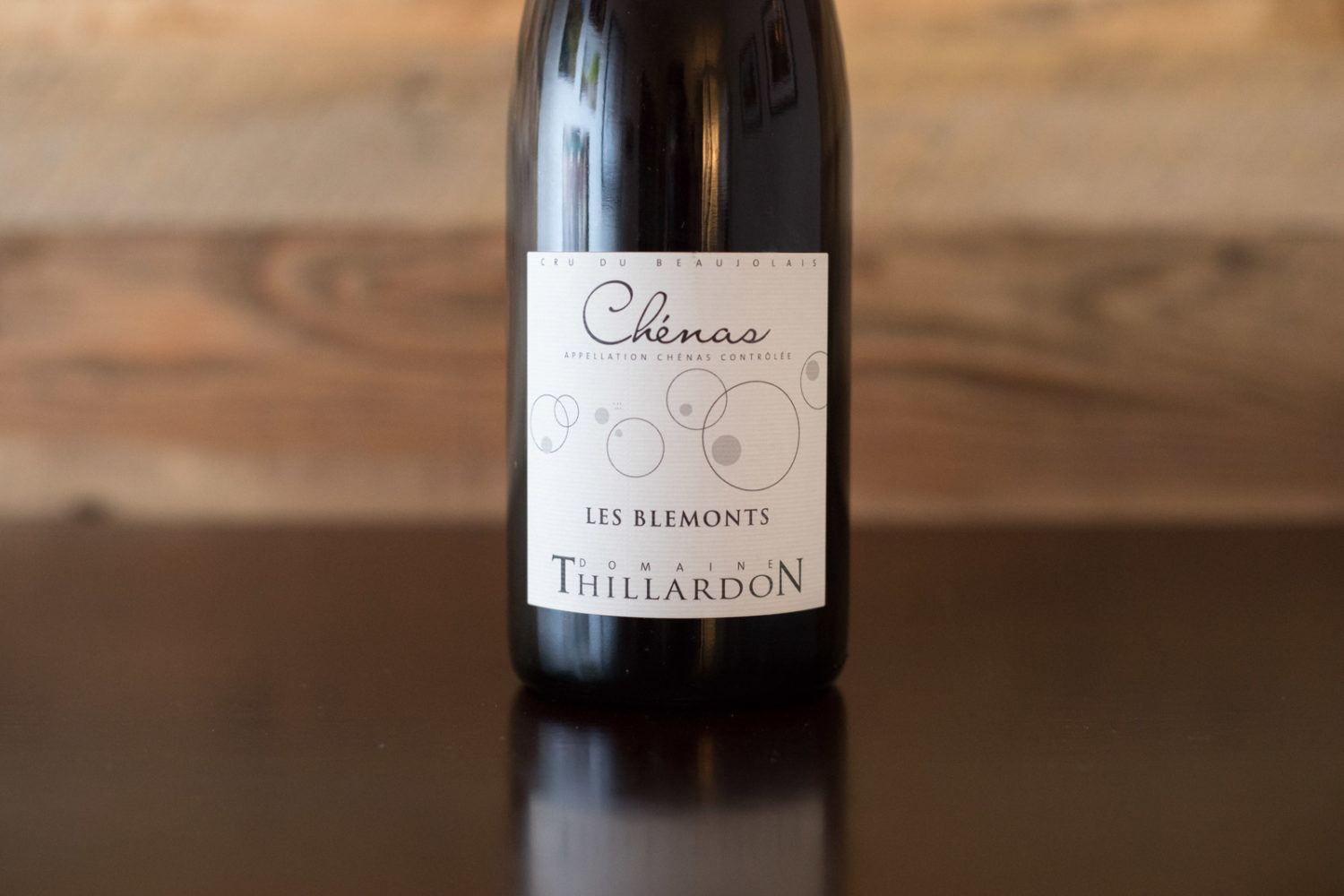
Looking for something more robust? Typically, that would mean reaching for Moulin-à-Vent or Morgon, which often have the structure to contend with Pinot Noir and Syrah. But there is another option.
Of the 10 Cru, Chénas’ production levels are among the lowest, so it often remains the hardest to find, and therefore, the least understood. To get a glimpse of its haunting, mineral terroir, hunt down a bottle of either Domaine Thillardon “Les Carrières” or “Les Blemonts.” Both are exceptional, but “Les Blemonts” is next level. It has an indescribable aroma that seems all at once floral and leathery, with bright, juicy texture on the palate to sew the whole experience up. The Thillardon brothers are protégé of Fleurie winemaker Jean-Louis Dutraive, listed at the top. They are also in select company as one of our Essential Winemakers of France.
Ideal Thanksgiving partner: Gravy, or the truffle mac-and-cheese you ordered from your neighborhood bistro that’s clinging to life.
Chénas AOC (Beaujolais)
Grapes: Gamay Noir (100%)
Alcohol: 13%
Opinion: ★★★★★ (out of five)
Food-friendliness: Impeccable
Value: Very good
*Learn more about these icons.
2017 Château des Jacques Morgon
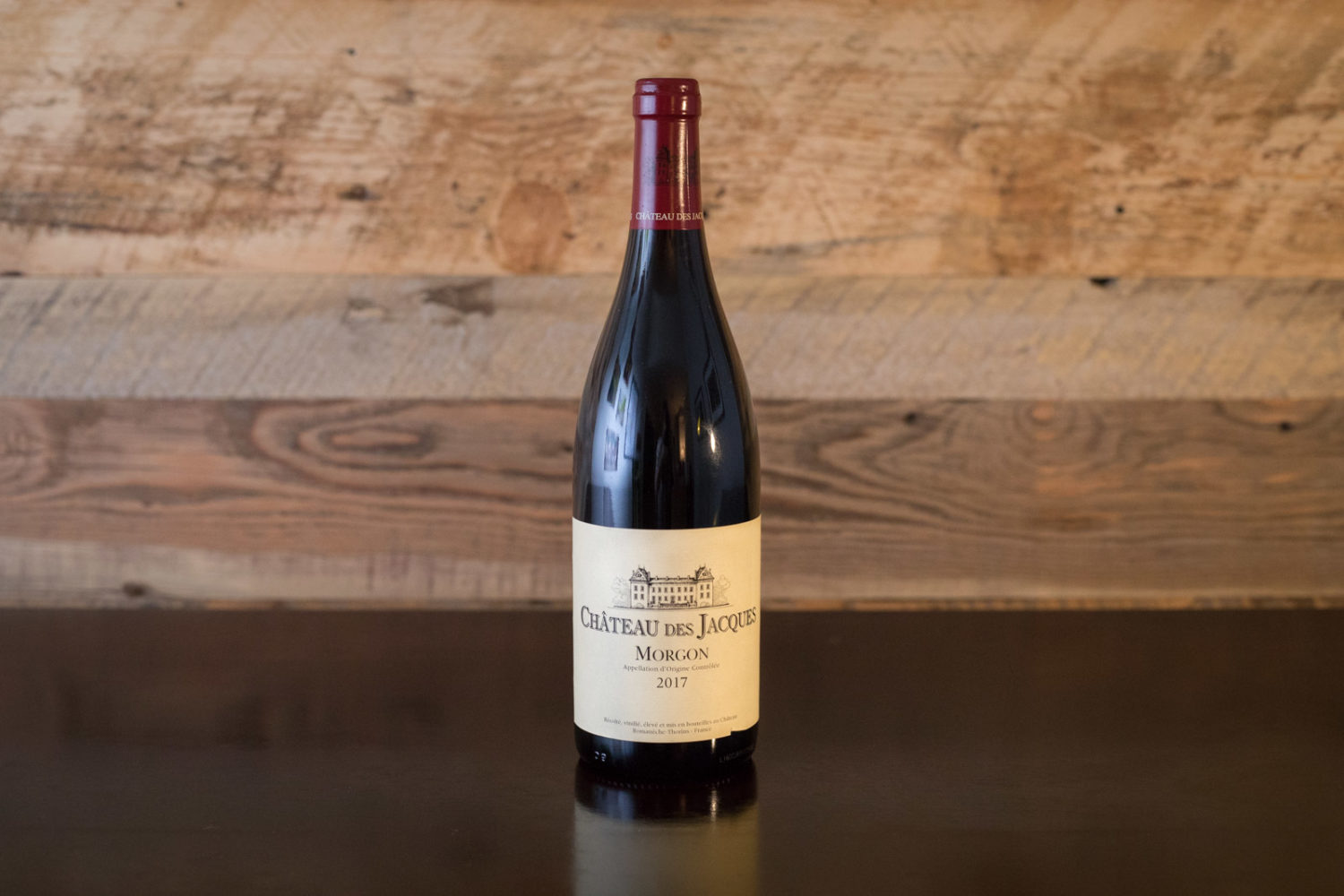
So much of the excitement in Beaujolais is confined to the small family domaines that make it tick. Their closeness to the land, their strong sense of identity, and their willingness to make wines as natural as possible have led the region out of the doldrums of the 1990s, when Beaujolais’ reputation was poor.
But what about the négociants, those famed companies that purchase their fruit or wine directly from growers too small or unwilling to bottle on their own? They have long had an impact on the wines of the Cru, and despite the rising star of Beaujolais’ natural wine crowd, the négociants aren’t going anywhere. It would be foolish of me to ignore them.
Maison Louis Jadot was the first Burgundian négociant to own significant holdings in Beaujolais, centered on Château des Jacques in Romaneche-Thorins in 1996. This estate eschews semi-carbonic maceration and instead produces Burgundian-style Gamay from holdings most notably in Moulin-à-Vent and Morgon. I recently sampled the Morgon, which carries a depth and darkness of fruit that is rare among the Cru. Spicy and faintly floral, the wine’s tannins have a compelling delay to them, registering only on the finish. At roughly $21/bottle, it is an excellent value.
Ideal Thanksgiving partner: The armchair after dinner while you “let the dishes soak.”
Morgon AOC (Beaujolais)
Grapes: Gamay Noir (100%)
Alcohol: 13.5%
Opinion: ★★★★ 1/2 (out of five)
Food-friendliness: Versatile
Value: Excellent
*Learn more about these icons.
Note: Three wines in this article were provided as samples from their importer: Château Thivin, Domaine Thillardon and Château des Jacques. Learn more about our editorial policy.

